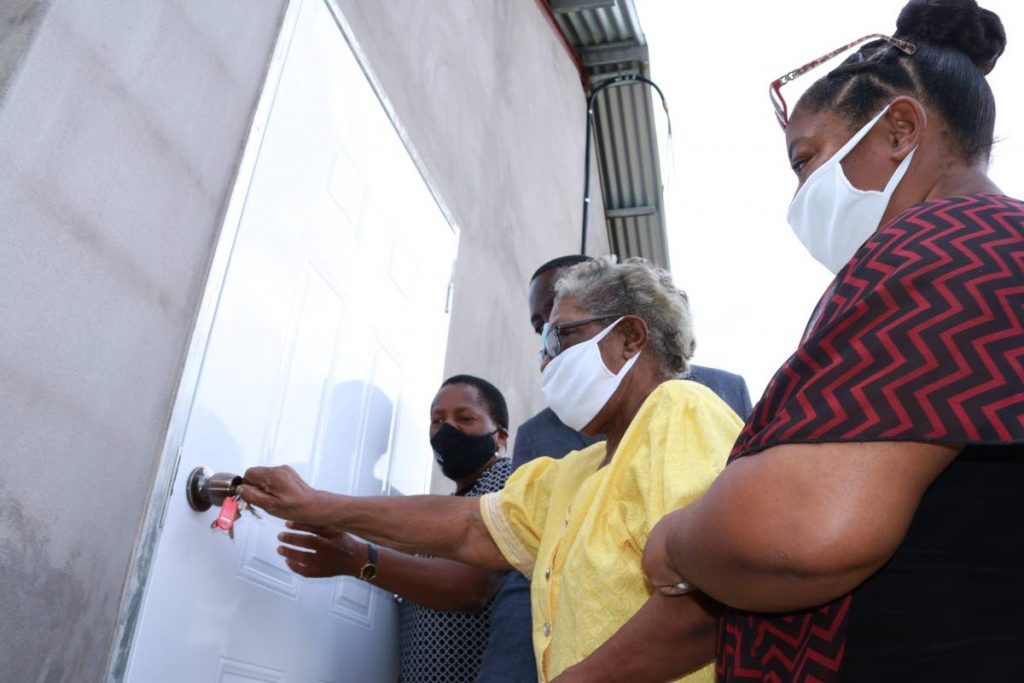Roadmap to recovery: urban planning

Earlier this year, I was granted an opportunity to work on a potentially transformative national initiative. I had the honour of serving as one of two urban planners on the Roadmap to Recovery Construction Sector Sub-Committee.
It would be an understatement to say that it was a stressful time, requiring intense time commitment from all of the sub-committee members and the chair. Research, report writing, editing, countless Zoom meetings (Sundays included), and more went into this collaborative effort, which really showed me the extent of commitment from some of our local professionals. As the youngest one there, it was a great learning experience to be able to work with this group of people from allied fields including engineers, architects, surveyors and contractors.
The final Phase 2 Report of the committee has been (or will very soon be) made available to the public. While I am still sinking my teeth into the full extent of the recommendations, I am quite pleased with the path for progress delineated in the document as it pertains to urban planning.
I worked alongside a colleague from the Society of Planners, and we were able to emphasise the value of urban planning and convince our peers of the necessity of a new progressive path forward.
This urban planning roadmap consists of many components, but overall the crux of it is a new framework for development based on the paradigm of "Smart Growth" – contextualised to local realities – and a move away from near total emphasis on “shovel-ready” projects to more emphasis on the determination of “shovel-worthiness.”
The idea is that a scorecard consisting of key performance indicators (metrics) should be used to determine the desirability of development projects. These metrics would be intimately tied to the ten principles laid out as the guiding mantra of future development.
These principles are:
Direct development towards existing communities
Places that are already well serviced with infrastructure along the North-South and East-West Corridors should be major focal points for housing and other non-heavy industrial uses.

In other words, suburban sprawl should be drastically curtailed, and the costs of constantly extending infrastructure to provide the necessary services to new subdivisions should instead be put into maintenance of what has already been built, and is in need of repair and upgrades.
Mix land uses
The trend of dormitory communities, that is, predominantly residential-only communities located far from employment centres, should be stopped. Compatible land uses should be allowed to be mixed at the level of the building, the street, and the neighbourhood.
This could entail housing above ground-floor retail; residential streets with a small corner store or greengrocer to provide local services; or larger districts with a mix of offices, housing, light industrial uses and more.
Increase variety of sustainable transportation choices
This involves a need to ensure that land use and transport planning decisions go hand in hand. The two are inseparable. Sustainable transportation requires locating housing within walking or biking distance of the most frequented places (eg employment and grocery store), or near a transit station or stop. It also requires the minimisation of parking and incorporating green technology into vehicles.
Create a range of housing choices
A focus on diversity of options in typology (eg detached single-family home versus apartment), size (three-bedroom versus studio), and location (rural versus downtown) to meet varying demands and needs. To facilitate this, a rewriting of planning regulations would be needed.
Use compact designs
Instead of growing horizontally through suburban sprawl, existing neighbourhoods should be allowed to evolve with time. A street with only single-family homes, for instance, could gradually allow for the construction of duplexes and triplexes, and eventually over time, apartment buildings, as needs and realities change.
Neighbourhoods should not remain frozen in time, and the burden of change should be shared by many and not concentrated in a few places.
Create walkable neighbourhoods
Prioritise pedestrians (and bicyclists) in the design, maintenance, and operation of the public spaces in urbanised areas.
Promote distinctive communities
Develop urban design and architectural guidelines for communities based on their history, unique characteristics, and culture, in order to foster a sense of place.
Preserve open space, agricultural land and sensitive environments
Enforce, and where necessary create new regulations to protect the environment and valuable natural assets.

In order to do this, it must be acknowledged that the demand for urban land uses must be met somewhere, so planning regulations should therefore be crafted to ensure that the necessary development activity is permitted in desirable places.
Make development decisions predictable, fair, speedy and cost-effective
Regulations and the procedures for seeking regulatory approval should be clear, publicly available, and consistent. Regulations should also be realistic, particularly as they pertain to the economic realities of development costs in built-up areas.
Encourage community and stakeholder collaboration in development decisions
Communities and other stakeholders should be an integral part of the planning process, and understand and identify with a shared vision for the future.
Should the present administration stick to these intentions as outlined in the report, TT may well find itself on a focused path towards a more progressive future.
Ryan Darmanie is a professional urban planning and design consultant, and an avid observer of people, their habitat, and the resulting socio-economic and political dynamics. You can connect with him at darmanieplanningdesign.com or e-mail him at ryan@darmanieplanningdesign.com.


Comments
"Roadmap to recovery: urban planning"